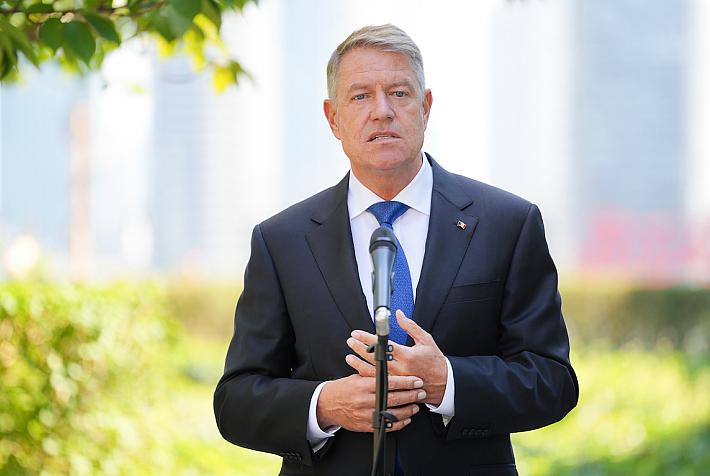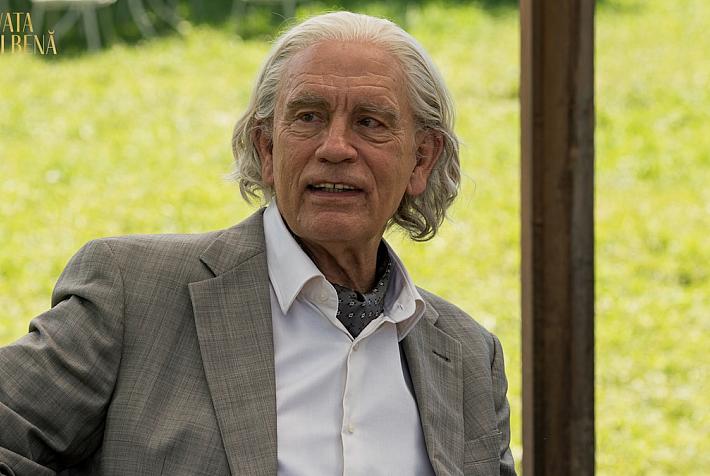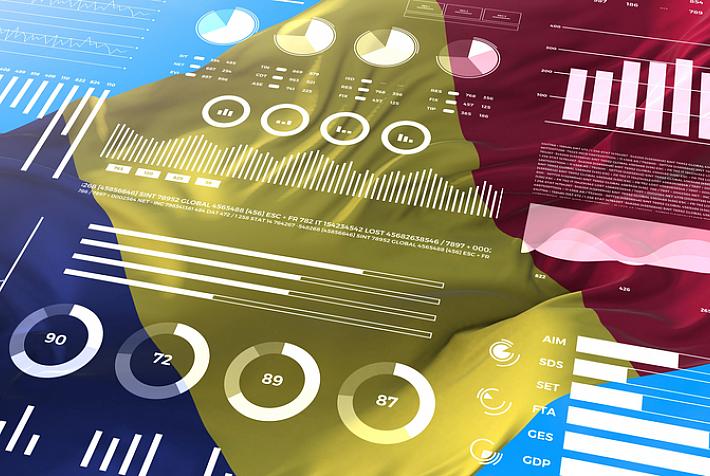Romania is the EU country that makes poorest use of its resources

Romania has shown the lowest resource productivity of all 28 European Union (EU) member states, with the indicator standing a just one third of the EU average, according to data published by EU’s statistics office Eurostat.
This means that Romania extracts a lot of basic materials but makes poor use of them. As a consequence, although Romania is one of the richest countries in the EU in terms of resources (energy, mineral and agricultural), it is second to last in terms of GDP per capita, which is the most used measure for the development and competitiveness of an economy.
Resource productivity is measured as gross domestic product (GDP) over domestic material consumption (DMC), which measures the total amount of materials directly used by an economy. DMC is defined as the annual quantity of raw materials extracted from the domestic territory, plus all physical imports minus all physical exports. For more accurate comparisons between countries, Eurostat uses GDP in purchasing power standards (PPS), which is an artificial currency unit which expresses GDP divided by the purchasing power parities (the level of prices) of respective countries.
Romania’s resource productivity in 2012 was just 0.63 PPS per kilogram of basic materials consumed, three times lower than the EU average of 1.91 PPS per kilogram. Romania’s domestic material consumption is 21.5 tons per capita, the fifth highest in the EU, and 60% higher than the EU average of 13.5 tons per capita. However, its GDP per capita was 13,500 PPS per capita, almost two times lower than the EU average of 25,600 PPS per capita.
Estonia and Bulgaria are also among the least efficient in terms of resource productivity, with PPS per kilogram of 0.64 and 0.67 respectively. The countries which show the highest resource productivity levels are Luxembourg, with 3.52 PPS per kilogram of resource used and Netherlands, with 3.11 PPS/kg, followed by the United Kingdom, with 2.85 PPS/kg, and Spain, with 2.74 PPS/kg. Germany, Europe’s strongest economy, stands just above the EU average, with 1.98 PPS/kg.
Andrei Chirileasa, andrei@romania-insider.com











